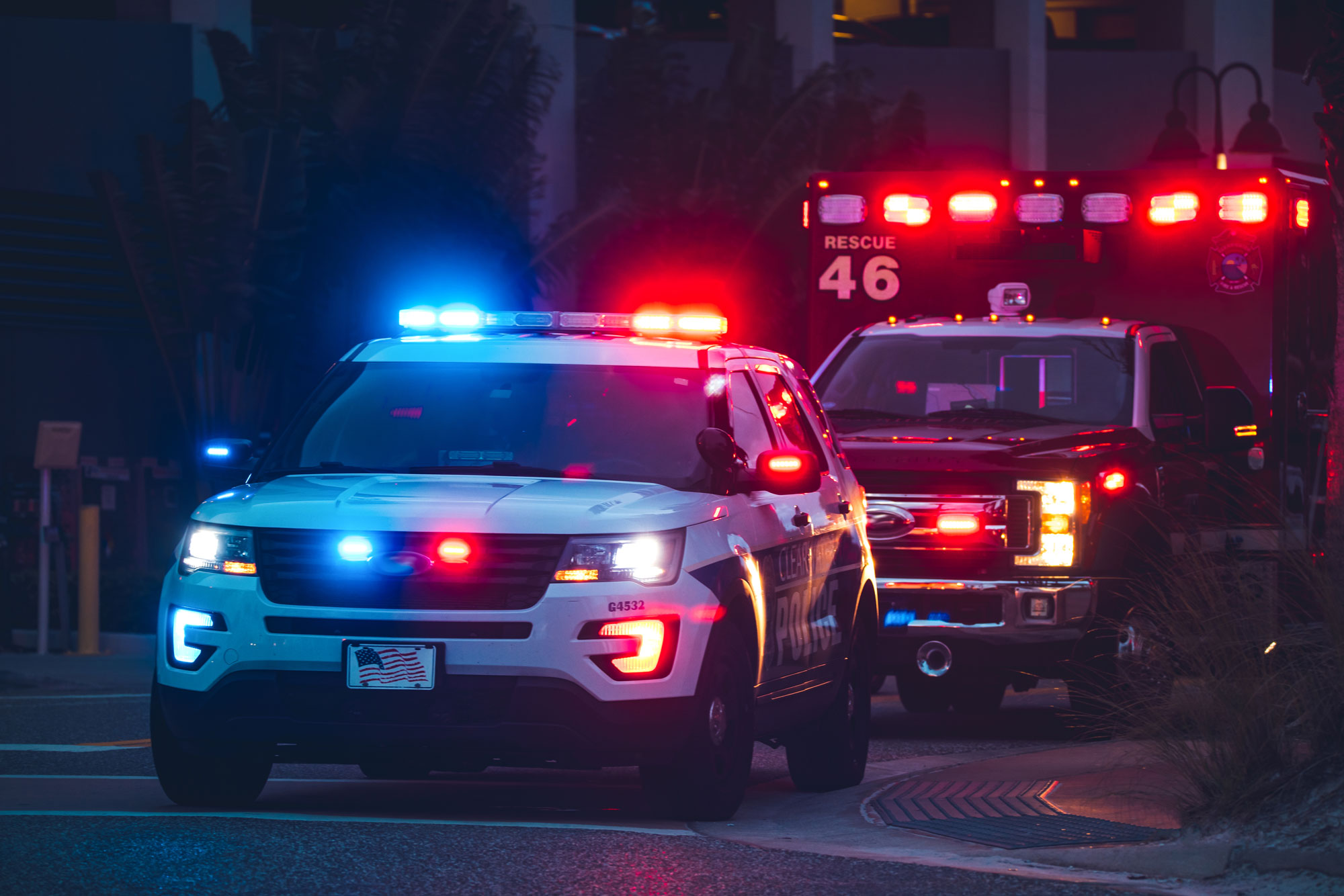
Responding to an active shooter in the workplace
The October 2023 mass shooting spree that began at a bowling alley and ended at a bar and restaurant in Lewiston, Maine, is a tragic reminder that an active shooter situation can happen anywhere. The Federal Bureau of Investigation (FBI) defines an active shooter as someone “actively engaged in killing or attempting to kill people in a confined and populated area.” Active shooter incidents are unpredictable, evolve quickly, and often end within 10 to 15 minutes. That’s sometimes faster than emergency personnel can get there, so it’s vital for employers and their employees to know how to respond if an active shooter enters their workplace.
There’s no one-size-fits-all active shooter response method when it comes to training; consider the abilities of your employees, the design of your facility, and your specific industry. The two most common responses to active shooter situations are run, hide, fight and ALICE.
Run, hide, fight
The FBI and the Department of Homeland Security (DHS) both recommend that employers train employees on the appropriate reactions to an active shooter with the run, hide, fight response. This response is sequential in nature but is scenario- and person-dependent—not every situation is the same.
Run. If there’s a clear escape path, quickly and calmly evacuate the premises. Don’t attempt to move wounded people while evacuating. Be sure to:
- Use the nearest exit, including an alternate exit such as a window, if you can safely get out of it.
- Leave your belongings behind.
- Encourage others to come with you, but if they’re reluctant, don’t wait for them.
- Call 911 when you’re safe. Let them know the description and last known location of the shooter, the number of shooters if more than one, and any information about any known victims or injuries.
Hide. If you can’t evacuate, find a safe place to hide. A room with a lockable door is the best option. Make sure to:
- Lock and barricade the door with heavy furniture.
- Silence your cellphone and turn off any electronic devices.
- Turn off the lights and stay quiet.
- Close and cover any windows.
- Call 911, if possible. If you can’t speak, leave the line open and allow the dispatcher to listen to the situation.
- Remain in place until law enforcement identifies themselves and says it’s safe to exit.
- If there’s no such room available, consider hiding behind a large object such as a cabinet or desk.
Fight. As a last resort, and only when your life is in imminent danger, attempt to disrupt and/or incapacitate the active shooter by:
- Acting as aggressively as possible. If there are targets such as yourself, attempt to act as a team to take down the attacker by using a “swarm” technique.
- Throwing items and improvising weapons, such as a fire extinguisher that you can throw or spray the chemical from it.
- Yelling as a form of distraction.
ALICE
Another response method is ALICE: alert, lockdown, inform, counter, and evacuate. The ALICE Training® program is purchased electronically and then taught virtually or in person via a certified instructor. This response isn’t sequential in nature but is instead a list of options that can be used to stay safe in an active shooter situation.
Alert is when you first become aware of a threat. Alert is overcoming denial, recognizing the signs of danger, and receiving notifications about the danger from others.
- Lockdown is an option when you can’t safely evacuate. When in lockdown:
- Barricade a safe hiding space.
- Silence mobile and electronic devices.
- Communicate with the police, if possible.
- Use your time to prepare to use other strategies, such as counter or evacuate.
Inform others of the shooter if it’s safe to do so. Information should always be clear, direct, and in plain language, not using codes. Video surveillance, 911 calls, and public announcements (PAs) are a few of the channels that may be used.
Counter is a strategy of last resort. Create noise, movement, distance, and distraction with the intent of reducing the shooter’s ability to shoot accurately. Counter is NOT fighting.
Evacuate the building if it’s safe to do so. The ALICE Training program goes into specific detail on evacuating through windows, from higher floors, and under extreme duress.
When help arrives
When law enforcement arrives, their primary goal is to stop the active shooter(s). The faster they can do this, the more lives can be saved, so cooperate with any instructions they give. Remain calm, avoid sudden movements, and always keep your hands visible. If you can, provide law enforcement personnel with useful information such as how many shooters are on the premises, where they’re located, and the type of weapon(s) they have.
Training exercises
An effective way to train your workers to respond to an active shooter situation is to conduct recurring active shooter drills. Local law enforcement is an excellent resource in designing and executing training exercises.
Key components of active shooter training exercises
- Adopting the survival mindset during times of crisis;
- Recognizing the sound of gunshots;
- Responding quickly when gunshots are heard and/or when an active shooter situation is happening using run, hide, fight; ALICE; or a similar response method;
- Familiarizing yourself with the two closest exits and the routes to reach them;
- Designating safe points and hiding places in the building;
- Contacting 911 safely; and
- Reacting appropriately when law enforcement arrives.
Active shooter situations are frightening, but knowing how to effectively respond and having a plan of action through training are the most important steps you can take to protect yourself and your employees.



